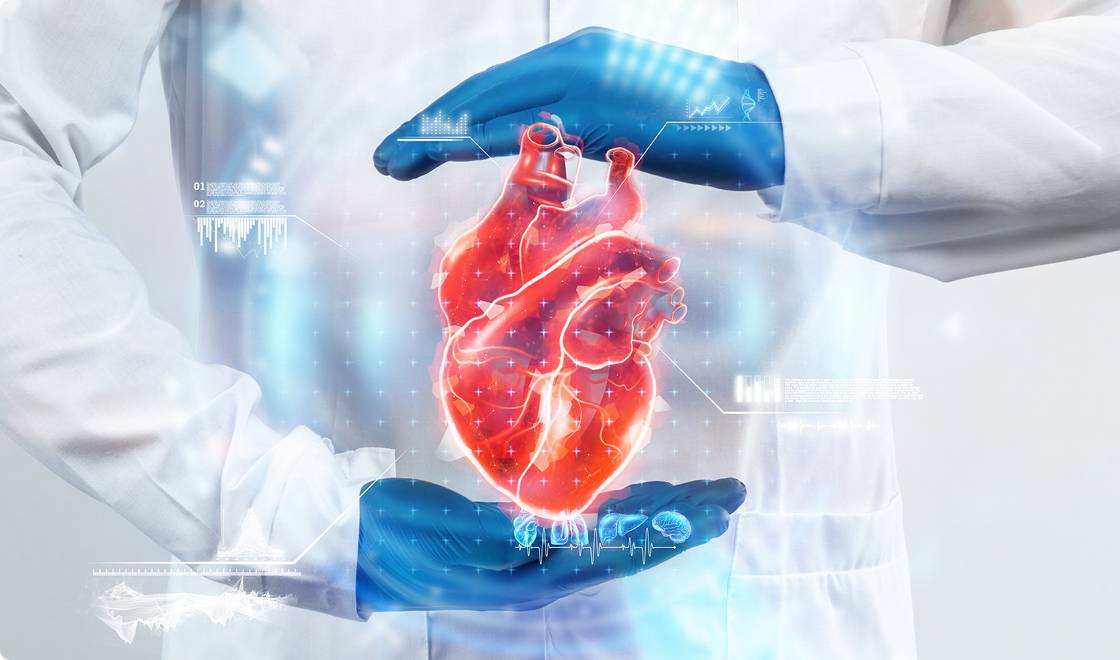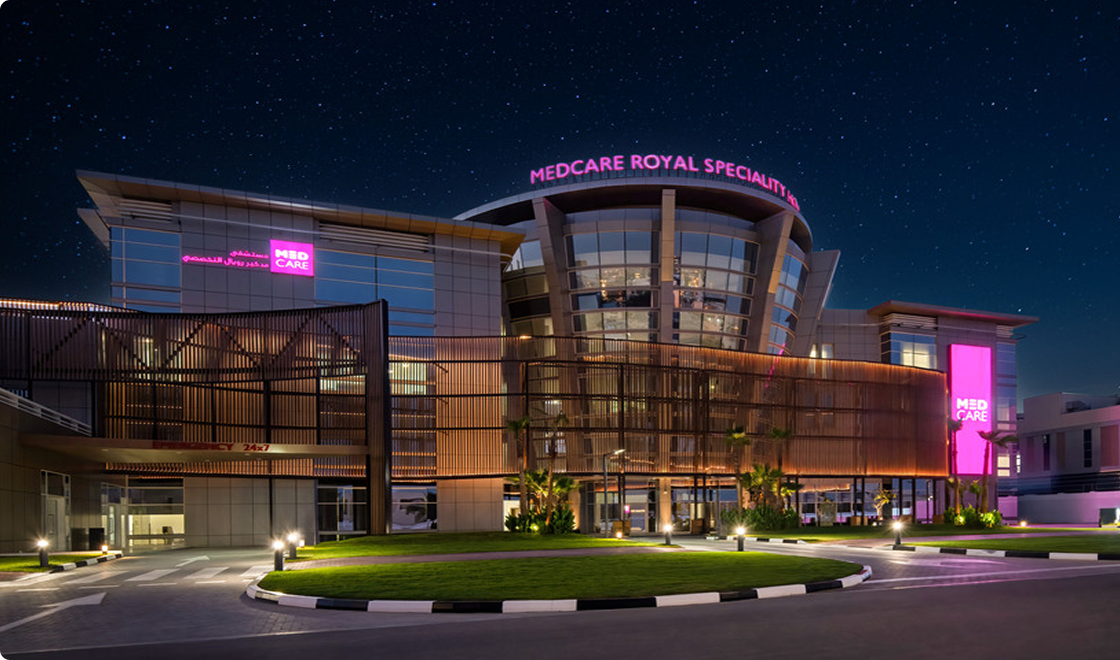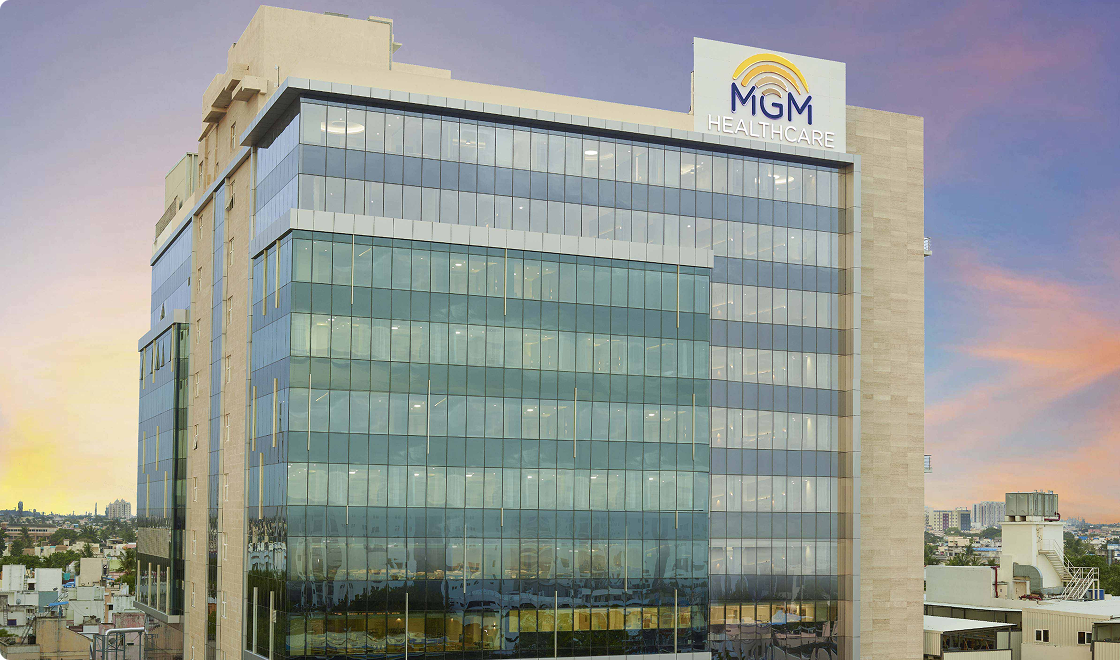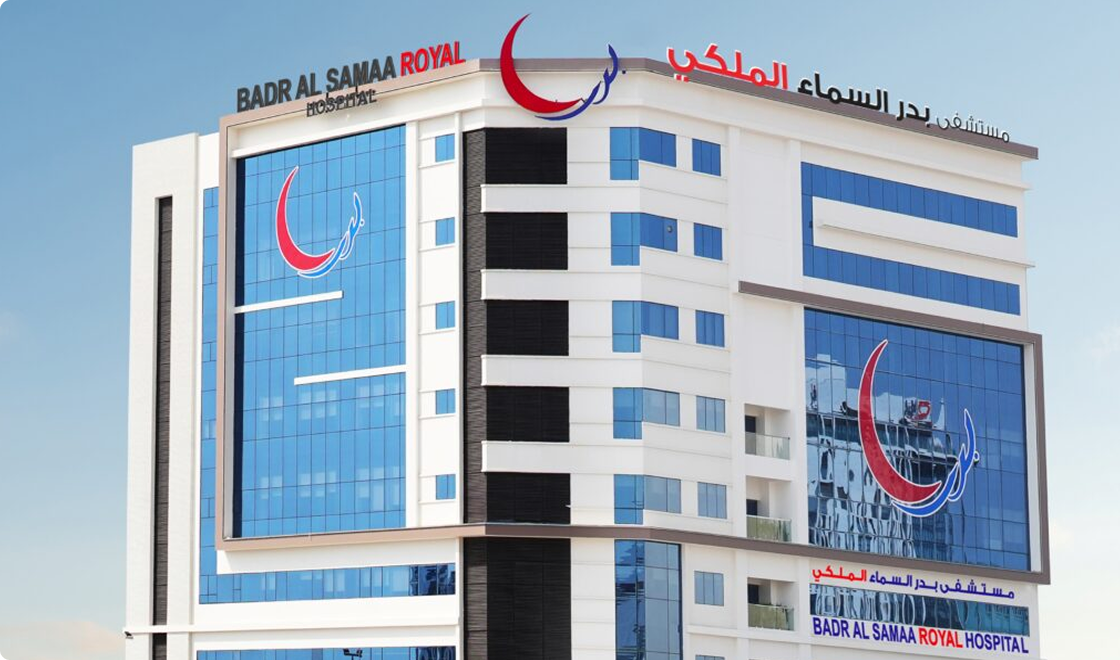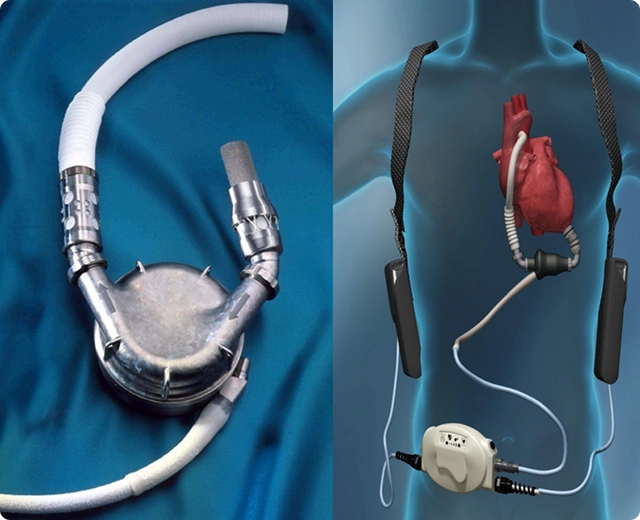
What is a Ventricular Assist Device (VAD)?
A Ventricular Assist Device (VAD) is a mechanical heart pump designed to support the heart’s ability to circulate blood in patients with advanced heart failure. It is used when the heart cannot pump blood effectively on its own. VAD implantation serves as a crucial option for individuals awaiting a heart transplant or those ineligible for surgery. Recognized as the best cardiac VAD hospital, Save Heart Failure offers comprehensive care and advanced solutions for ventricular assist devices for heart failure management, ensuring improved survival and quality of life.
Types of VADs We Provide
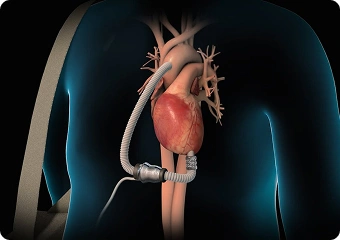
Left Ventricular Assist Device (LVAD)
An LVAD is a mechanical circulatory support device that assists the left side of the heart in pumping blood to the body in cases of severe heart failure. It is commonly used as a bridge to transplant or as destination therapy. Post-LVAD management is critical for patient recovery and long-term success. Learn more about Post LVAD Management.
Right Ventricular Assist Device (RVAD)
An RVAD supports the right side of the heart, helping pump blood to the lungs for oxygenation in cases where the right ventricle fails. It is often required temporarily after LVAD implantation or heart surgery. While beneficial, it carries risks such as bleeding, infection, and thromboembolism, requiring careful monitoring during and after use.
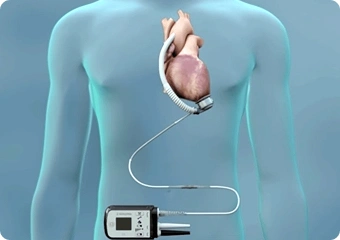
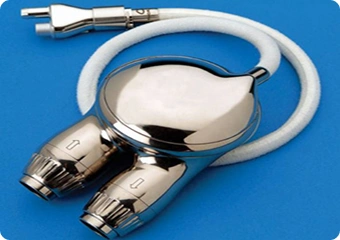
Biventricular Assist Device (BiVAD)
A BiVAD offers support when both ventricles need support, ensuring the heart can adequately pump blood to the body and lungs. This device is typically used in patients with biventricular failure or those awaiting transplant. Risks include infection, clotting, and device malfunction, necessitating specialized management and post-implant care.
Continuous Flow vs Pulsatile Flow VADs
Continuous Flow LVADs are most commonly used today due to their smaller size, durability, and quiet operation, offering consistent blood flow. Pulsatile flow VADs, which mimic the heart’s natural pumping action, are now rarely used due to their larger size and mechanical complexity. Continuous flow devices improve patient mobility and long-term outcomes.
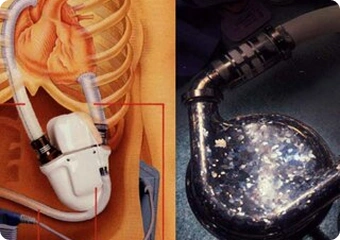
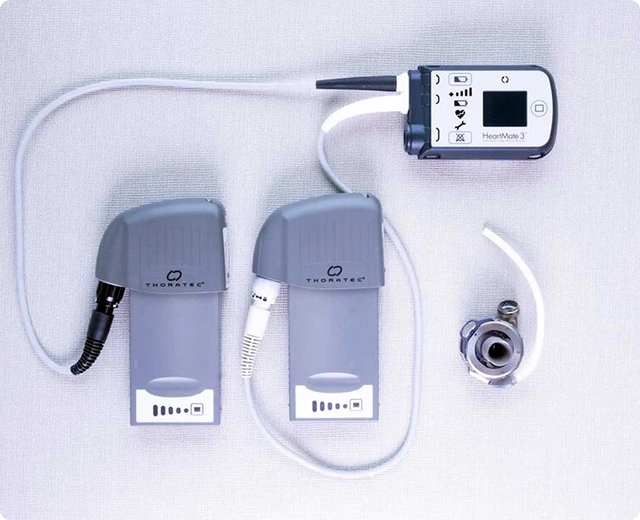
Advantages of Ventricular Assist Device
A ventricular assist device for heart failure provides critical circulatory support for patients with severe heart dysfunction. It serves as a Bridge to Transplant (BTT) by maintaining cardiac function until a suitable donor heart becomes available. For patients not eligible for transplant, it acts as Destination Therapy (DT), offering long-term improvement in heart function and survival.
VAD implantation helps relieve symptoms like fatigue and breathlessness, enabling better daily activity and overall well-being. The procedure also ensures a relatively short hospital stay with extensive follow-up, minimizing complications and supporting continuous recovery.
VAD Surgical Procedure
Pre-surgery Evaluation
Patients undergo a detailed pre-surgical assessment, including echocardiogram, imaging studies, and overall health evaluation to determine suitability for VAD implantation.
Anaesthesia and Sternotomy Procedure
General anaesthesia is administered, followed by a sternotomy procedure to provide access to the heart.
Surgical Insertion of the Pump
The mechanical heart pump is carefully implanted into the chest cavity to support heart function.
Connection to the Heart’s Ventricle and Aorta
The device is connected to the left or right ventricle and the aorta, ensuring proper blood flow.
Post-operative Care
Post-surgery, patients receive intensive care in the ICU with continuous monitoring for stability and complications.
Possible Complications of VAD Implantation
Infection
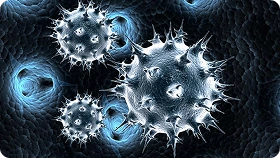
Risk of infection at the surgical site or driveline exit remains high, requiring strict hygiene, regular wound care, and prompt antibiotic treatment to prevent serious complications such as sepsis.
Bleeding
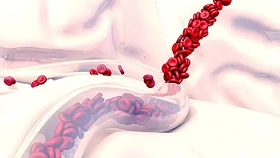
Bleeding may occur during or after surgery, due to both the surgical procedure and the use of blood thinners. Careful surgical technique and close post-operative monitoring help manage this risk.
Thromboembolism
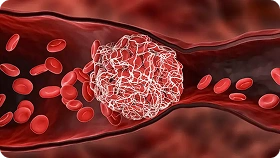
Blood clots can form inside the VAD system or the heart, raising the chance of stroke or other embolic events. Lifelong anticoagulation therapy and routine blood testing are essential preventive measures.
Device Malfunction
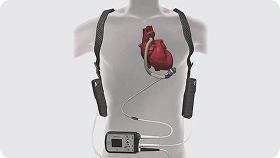
Though rare, mechanical or electronic pump malfunction may disrupt blood flow. Regular device checks and timely technical intervention are crucial to maintain continuous VAD function.
Right Heart Failure

Post-LVAD placement may strain the right ventricle, potentially leading to right heart failure. This requires immediate medical therapy or additional mechanical support devices.
What to ExpectAfter VAD Surgery
After VAD implantation, patients must follow strict home care guidelines, including driveline care, battery maintenance, and hygiene practices to prevent infection. Medications such as anticoagulants and antibiotics are essential to reduce clotting risks and protect against infections.
Lifestyle modifications include a heart-healthy diet and tailored physical activity to support recovery. Emotional well-being is addressed through psychological support, nutritional counseling, and physical therapy services. Continuous remote monitoring and VAD remote patient management via specialized apps help track health status and improve survival in advanced heart failure.
Why Choose Us for VAD Implantation
As a leader in advanced mechanical circulatory support, our clinic specializes in providing comprehensive care for patients with advanced heart failure. A multidisciplinary team of cardiologists and surgeons ensures safe and effective VAD implantation, supported by tailored post-operative care.
Expert VAD Specialists
Skilled in performing complex VAD procedures with excellent outcomes.
Personalized Treatment Plans
Customized therapies based on individual patient conditions and needs.
Comprehensive Care
From pre-surgical assessment to rehabilitation and follow-up.
State-of-the-Art Facilities
Equipped for advanced diagnostics and continuous patient monitoring.
Our Locations
Discover moreFAQ’s frequently asked questions
-
An LVAD supports the left ventricle to pump oxygen-rich blood to the body, while an RVAD assists the right ventricle in circulating blood to the lungs. The choice depends on which side of the heart requires support.
-
The first successful LVAD was developed by Dr. Michael DeBakey in the 1960s to support patients with severe heart failure. Building on this legacy, Save Heart Failure specializes in advanced VAD implantation and comprehensive patient care, ensuring safe procedures, personalized post-operative management, and improved outcomes for individuals with end-stage heart failure.
-
A pacemaker regulates the heart’s electrical rhythm to maintain proper heartbeat, whereas a VAD physically pumps blood to assist a failing heart, supporting circulation in severe heart failure cases.
-
With proper post-LVAD management, many patients live for several years after implantation, with survival rates improving due to advancements in technology and comprehensive follow-up care.

